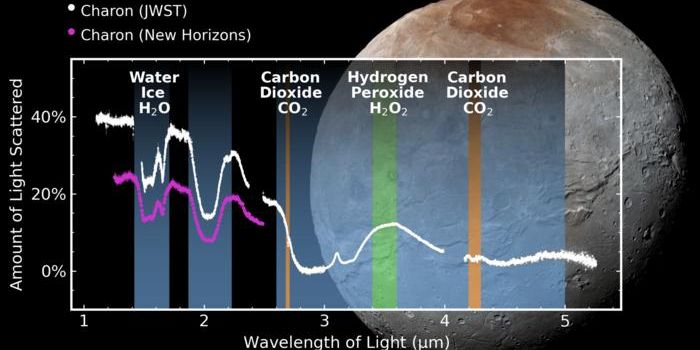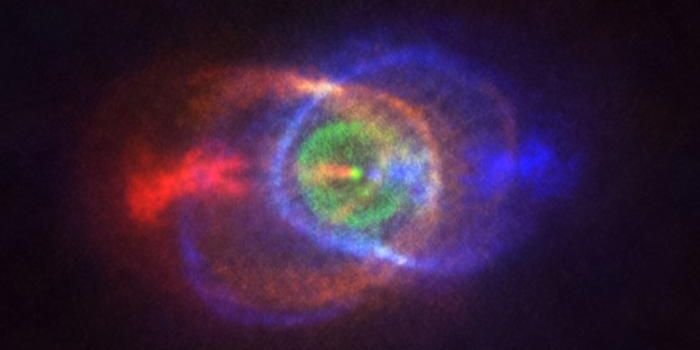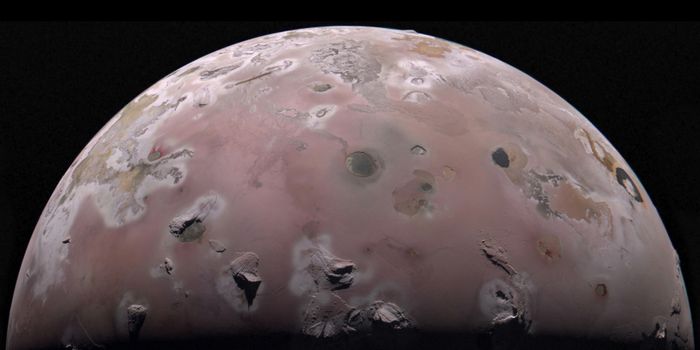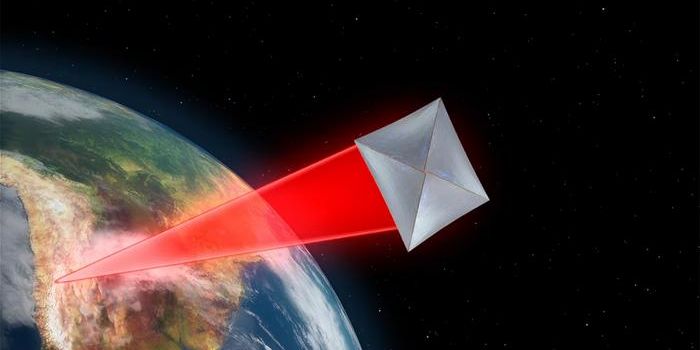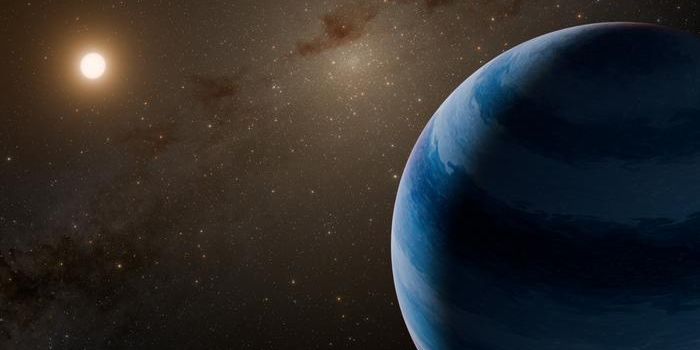Unveiling the Universe: The ULLYSES Project
After three years of collecting scores of data on hundreds of stars, the ULLYSES (Ultraviolet Legacy Library of Young Stars as Essential Standards) survey conducted by NASA’s Hubble Space Telescope officially ended in December 2023, culminating in 220 total stars examined during the survey on data regarding their size, distance from Earth, temperature, chemical characteristics, and rotational speed. Additionally, ULYYSES also contains another 275 stars from the Hubble archive, providing researchers with several decades of new stellar data and holds the potential to help astronomers gain new insights into stellar formation and evolution throughout the universe.
Hubble image of a star-forming region known as the Tarantula Nebula, which contains massive, young blue stars, which was observed during the ULYYSES survey (top panel). Artist's illustration of a cooler, redder, young star smaller than our Sun that is still gathering material from its planet-forming disk (bottom panel). (Credit: NASA, ESA, STScI, Francesco Paresce (INAF-IASF Bologna), Robert O'Connell (UVA), SOC-WFC3, ESO)
"I believe the ULLYSES project will be transformative, impacting overall astrophysics – from exoplanets, to the effects of massive stars on galaxy evolution, to understanding the earliest stages of the evolving universe," said Dr. Julia Roman-Duval, who is Implementation Team Lead for ULLYSES and an Associate Astronomer at the Space Telescope Science Institute (STScI). "Aside from the specific goals of the program, the stellar data can also be used in fields of astrophysics in ways we can’t yet imagine."
What makes ULYYSES both successful and unique is the collection of data using ultraviolet (UV) light, which can only be observed from outer space and Hubble is the only active space telescope with UV instruments. For context, NASA’s James Webb Space Telescope is currently the most powerful space telescope, but it gathers light in the infrared spectrum, not UV. The stars examined for ULYYSES included stars from our own Milky Way Galaxy and other galaxies, with an emphasis on a combination of high- and low-mass young stars.
Armed with this new dataset, astronomers will be able to compare these findings to stellar data that has been collected using visible, x-rays, infrared, and radio emissions, with the goal of better understanding the formation and evolution of young stars throughout the universe.
How will the ULYYSES dataset help astronomers better understand stars throughout the universe in the coming years and decades? Only time will tell, and this is why we science!
As always, keep doing science & keep looking up!
Sources: EurekAlert!, NASA


